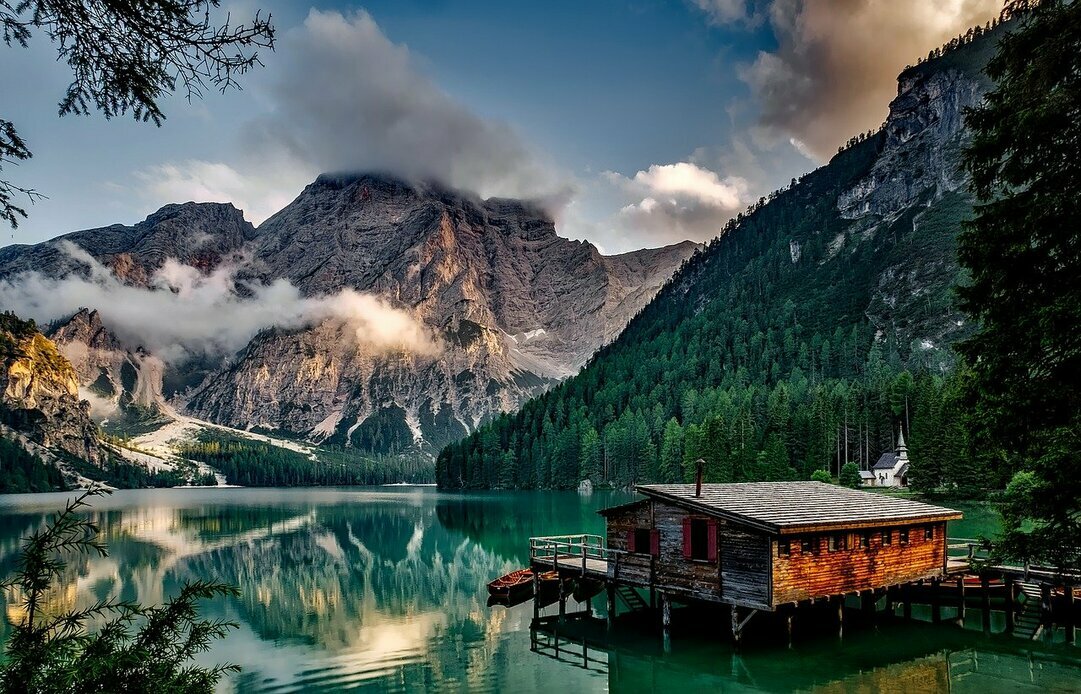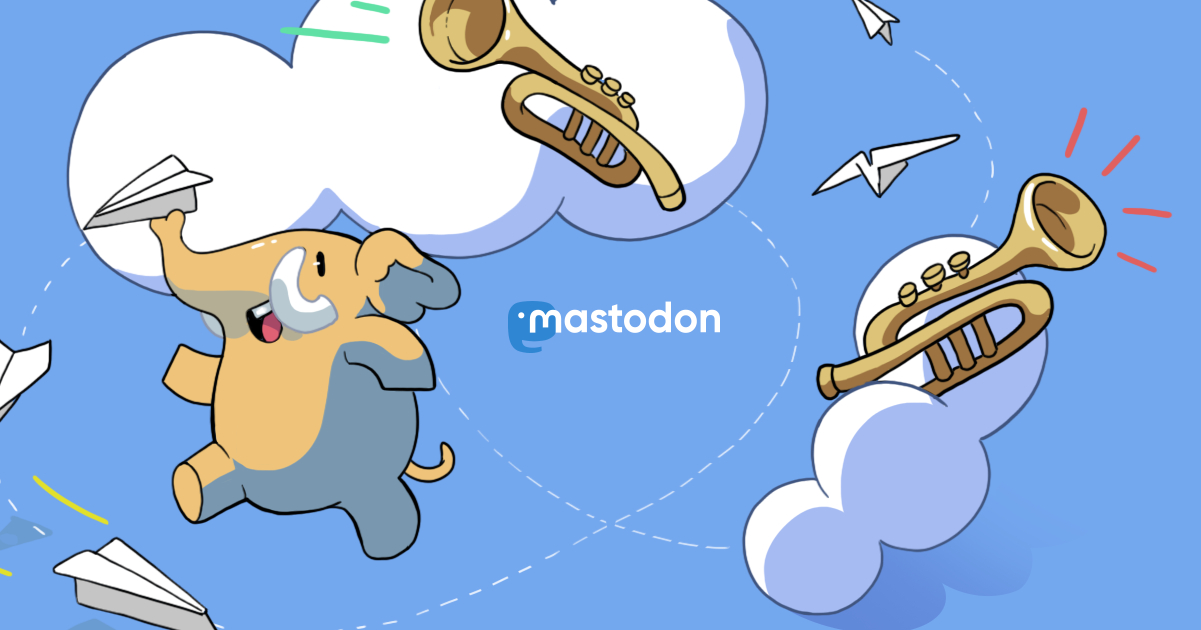
@sergey Then upon recommendation I've tried different approach. Forget about read noise from your camera, go after more photons. As long as you are able to overcome read noise with more data you are fine. So I've tested with ISO 100 and set lens to F/2.8 and was able to put 1min and 30sec of exposure in my Bortle 7-8 sky. Results are very different, less noise, more vibrant colors. This is pic of srar trails from Ursa Major, just 15 min of integration with just bias as callibration. [2/2]
I think I finally found my trick to a better #astrophotography from my backyard. I am newbie so I've been learning a lot. Based on common knowledge you check where your camera has smallest value of a read noise and then use that ISO, which for me resulted in stopping down my F/2 to F/4 and still decreasing ISO to 800 from 1600 which i thought was optimal value, and taking only 20-25sec exposures to keep histogram just a bit above it's optimal place. Pictures were noisy, colors were mute. [1/2]
It's galaxy season, so I had to do a shot of bunch of galaxies. M87 aka Virgo Galaxy with surrounded galaxies, there are a lot of them in this shot, so I won't name each one. Shot with Canon EOS T3i, 135mm lens at F/4 and ISO 800, total integration time around 1 hour and 20 min. #astropic
@archit3ct here you can read about RESTRICT act https://www.eff.org/deeplinks/2023/04/broad-vague-restrict-act-dangerous-substitute-comprehensive-data-privacy
@thomasfuchs with changes main players doing to their engines on a daily basis any book would be outdated before it's released. As far as I know forums where people share what worked would be your best bet.
Finally clear night in a while, didn't waste a moment. Technically I wasted some time trying to get it into a frame, but it's a different story. Anyway here is M81 Bode's Galaxy, M82 Cigar Galaxy, Garland Galaxy and NGC 2976. Just one hour of integration with a really quick stacking. M81 and M82 shot with Canon T3i, 135mm at F/4 and ISO 800. Total integration time bit less than an hour. #astropic
Earlier this month we had a moment when cloud went away and you can see Jupiter and Venus really close together. Unfortunately I didn't have time to setup my gear as it was a very short lived event, so I took a photo with my phone. #astropic
@AstroAttorney Sounds like director of that documentary manufactured SVB crash just to end it with a big bang :D
Highly recommended viewing:
https://www.pbs.org/wgbh/frontline/documentary/age-of-easy-money/
That session taught how much light pollution kills astrophotography. Try navigating star-field without seeing any stars in DSLR preview, basically you make adjustments to where you think your target is, then take a test shot, rinse and repeat. Then once you are done you trying to plate-solve it to confirm that you got framing right and at that time you see like your target is already behind some object nearby. Yeah I know people designed go to mounts and so on, but manual stuff is so much fun.
I managed to shoot 2 targets(actually way more than 2) last night, problem is that not the one I planned. Here are M44 aka Beehive Cluster on one image and M46 and M47 along with Collinder 155 and Collinder 156 on another. Shot with Canon EOS T3i, 135mm lens at F/4 and ISO 800. Total integration for M44 is about 40 min, M47 is about 10 min. #astropic
From the last few days, it seems that the only new feature of Siril is the addition of StarNet.
There is much more than that! Take a look at our changelog.
Your star FWHM should be 8% smaller with this version too.
@Siril_Official That is feature jammed release! THANK YOU! especially for StarNet integration!
Ladies and Gentlemen, let me introduce you to the new major version of Siril: Siril v1.2.0-beta1.
This version contains too many changes for us to explain everything in the release note.
Have a look here: https://siril.org/download/2023-02-24-siril-1.2.0-beta1/
There was glimpse of clear sky yesterday and I've decided to spend some time, taking 3 subjects in one shot: Monkey Head Nebula (NGC 2174), Jelly Fish Nebula (IC 443) and M35 star cluster from my Bortle 8. They form a triangle on this picture. This is first rough draft shot with Canon T3i, 135mm, 50 min total integration. #astropic
@spacegeck hmm that's quite amazing, I often use GMIC on my starless images to reduce noise, never thought you can smooth out banding problems. Care to share your command line params or GMIC settings and a filter?
Given all the talks about balloons and other unknown objects being shoot down over US air space, here is something I've spotted back in September past year. What that is? I've dismissed it as balloon carried out by wind, however it hovered for a while in one spot and disappeared quite fast, so I have no idea what it was.
@thomasfuchs What was a focal length? Just trying to understand perspective.
